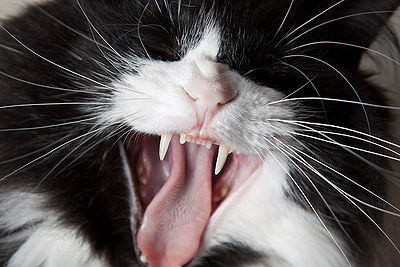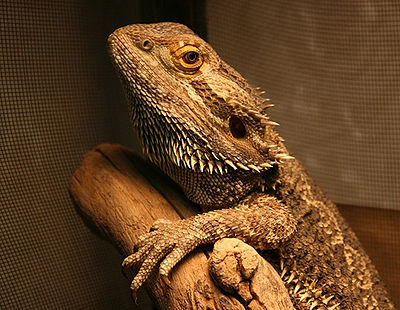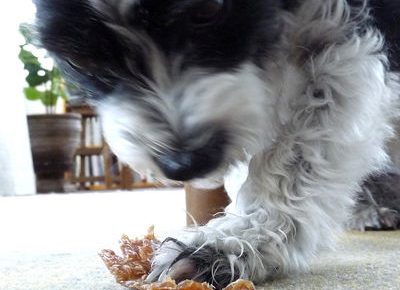
Your cat’s mouth can tell you a lot about your furry friend’s health. Here is some information that we hope is useful.
Kittens have 26 temporary teeth, 14 upper and 12 lower. They begin falling out at about 3-4 months of age. When all the permanent teeth come in, the count is 30, 16 top teeth and 14 bottom teeth. There are 12 small incisors that are mainly used for grooming; 4 canines which are used to catch and hold prey; 10 premolars used for tearing meat and 4 molars in the back of the mouth.
A cat’s jaw is different from humans and dogs. A cat’s jaw moves only up and down making it difficult to grind food. They usually swallow kibble whole. Dry food is made in tiny pieces making it easier for the cat to handle.
Studies have shown that by the time a cat is 3 years old, 70% will have developed gum disease.
The ASPCA offers these steps to dental health for your cat.
Test your cat’s breath – an abnormally strong offensive odor indicates a problem and your cat should be seen by a veterinarian.
Pull back your cat’s lips to check teeth and gums. Teeth should be clean and have no brownish tartar. Check for any broken or loose teeth. If your cat is sneezing, it could be a sign that an upper canine tooth is fractured.
Offer your cat chew toys. They can help keep teeth and gums clean and strong.
Brush your cat’s teeth regularly.
Make sure you feed your cat a healthy diet and watch your cat’s weight.
The ASPCA advises you to be aware of the following problems:
Gingivitis can start as a dark red line at the gumline. Untreated, gums can become sore and ulcerated. Gingivitis can be a sign of FIV or an infection.
Periodontitis – If gingivitis is present and is down in the tooth socket, the teeth may become loose and an abcess may form.
Stomatitis is inflammation or redness of the mouth lining due to a foreign body, oral disease or dental
Rodent Ulcer is a slowly enlarging sore or swelling on the upper lip.
Salivary Cyst – If salivary glands or ducts become blocked, a cyst can form under the tongue.
Mouth ulcers are sometimes caused by feline respiratory or kidney disease.
It should be noted that the most common oral cancer in cats is squamous cell carcinoma that usually begins under the tongue.
If your cat has difficulty eating or refuses to eat, it’s important to take him/her for a veterinary examination.
Related articles:



